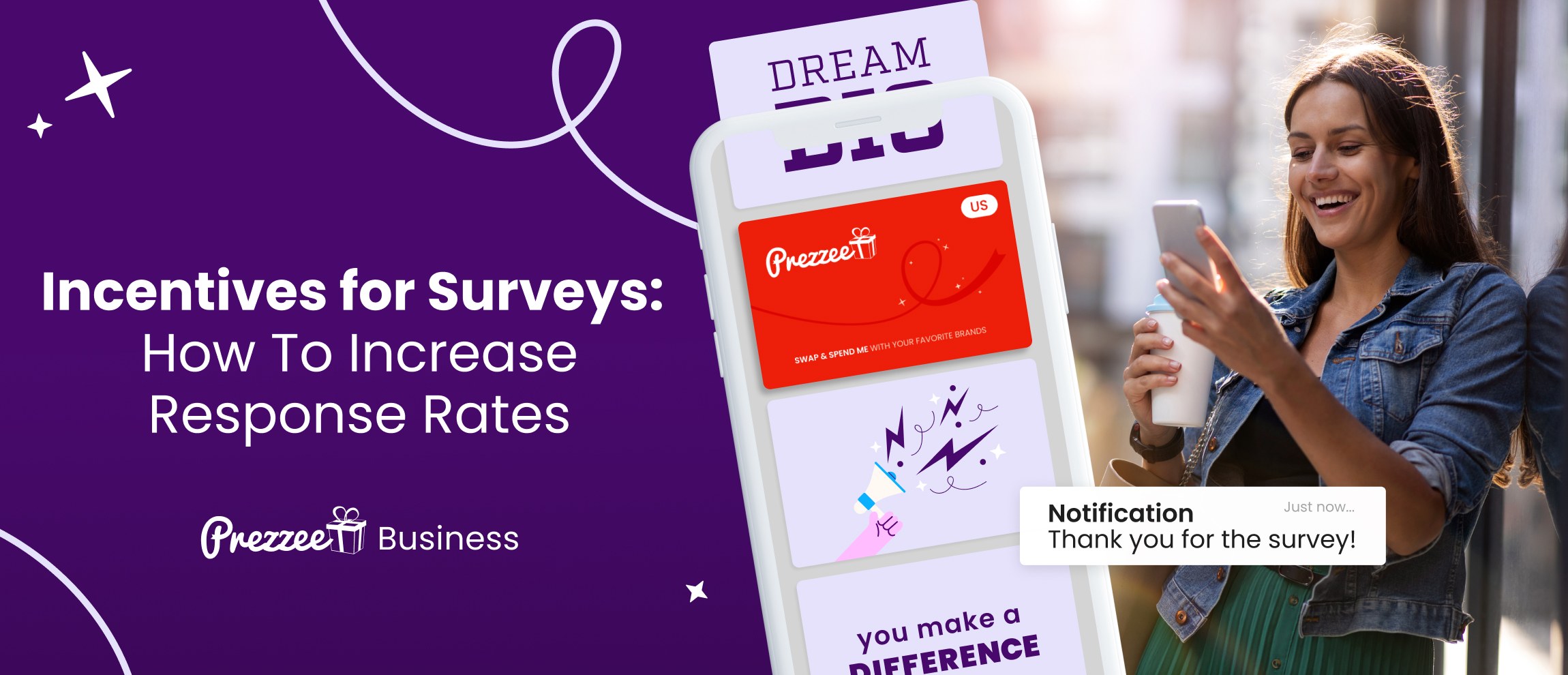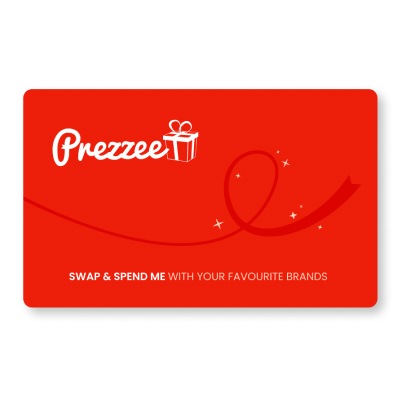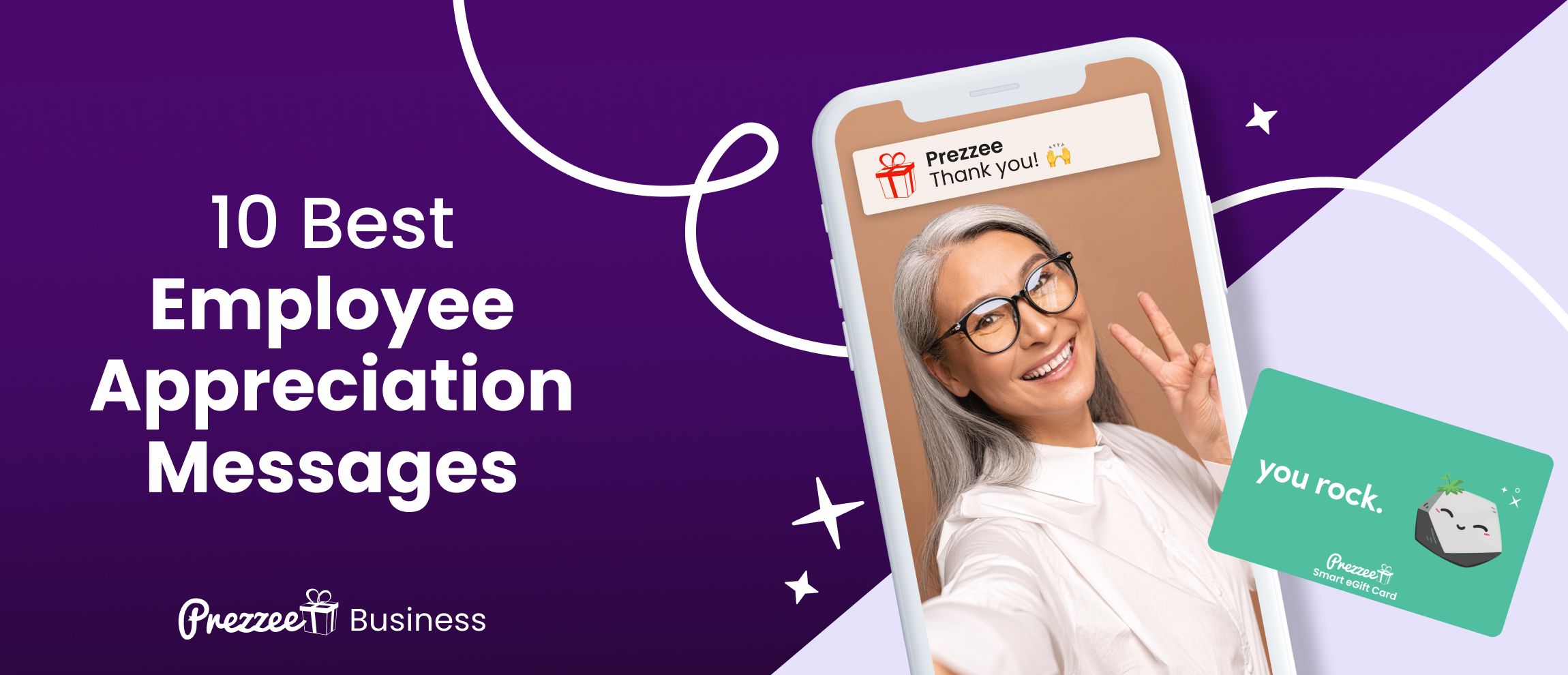How to Improve Response Rates With Company Survey Incentives



How to Improve Response Rates With Company Survey Incentives
How to improve response rates with company survey incentives
Surveys can be excellent tools for conducting market research. They help businesses adapt and form new strategies moving forward. From your consumer base to the employees within your company, surveys let you hear from the people who matter most.

There are plenty of different benefits to using survey research for business insights. For one, survey templates are relatively easy to administer and can be developed in less time compared to other research methods. Creating an online survey can take just a few moments, provided that you’ve already put some thought into the questions you want answers to.
Surveys can also be conducted remotely and asynchronously, so customers and employees can respond whenever they are able. Plus, most surveys can be completed on any device, from phones to computers and laptops to tablets. Long gone are the days of snail mail or landline surveys; social media, apps, email, and texting have opened new doors.
Surveys let you ask multiple questions in one fell swoop, giving you a chance to receive data from a large number of respondents (assuming that a high percentage of employees respond). They can also collect a broad range of data, from attitudes and opinions to values and behaviors.

How to get people to participate in survey research
Creating a company survey is challenging in and of itself, but getting people to actually participate is just as difficult. Even The U.S. Census Bureau has trouble finding people willing to respond to surveys; they reported that survey responses dropped 10% in the last few years.
However, there are survey incentives out there that can draw in a higher level of responses and participation among your target audience.
What are survey incentives?
Most company surveys use monetary or non-monetary incentives to influence more people to take part. These demonstrate appreciation for a participant’s time commitment, insight, value, and effort that they’ve put into helping your business flourish.
Benefits of incentivizing your company’s surveys
There are many benefits to providing incentives for your corporate research, even if it’s just for a short survey. These include:
- The ability to capture harder-to-reach audiences.
- Higher chance of attracting quality, committed participants, as they are likely to care more about the outcome if they are being rewarded.
- Fair compensation to participants, which reduces their risk of speaking negatively about your company.
- Get more participants to make your findings more statistically significant and accurate.
- Help overcome common objections as to why people do not participate in surveys.
It’s a win-win for businesses and participants alike, as it gives you the ability to get more accurate data while also making your employees and customers feel a lot more cared for.

What are the best research incentives for improving response rates?
There are many ways to incentivize survey participants, and they can be broken into two categories: monetary and non-monetary. Monetary rewards, like cash or a cash equivalent, tend to be the most popular and effective.
However, non-monetary rewards can still be used effectively. The main factors you want to consider when deciding your reward are context and audience.
eGift Cards
Digital gift cards are a brilliant way to give back to survey participants because it’s a cash equivalent with more thought and purpose. Plus, you can send them very easily to your survey participants without needing to see them in person, unlike many other types of prizes.
Prezzee makes it easy to send digital gift cards to over 370 different brands and retailers. You can even customize your eGift cards with messages, photos, and personalized videos to make your participants feel even better about giving you their time and effort.
Choose from popular brands like Target that pretty much the entire population would be able to use, especially since they often work both in-store and online. Or, put the freedom into their hands with a Prezzee Smart eGift Card that can be swapped for any one of our brands and retailers.

Cash Payments
Money can be a costly incentive for your business compared to mass-produced physical gifts. However, it remains one of the highest motivators for encouraging people to respond.
One study found that monetary incentives (including digital gift cards) yielded higher response rates for surveys than other gifts. It also noted that prepaid incentives before a research study yielded higher response rates than promised incentives. While this is a gamble for your business, it might mean that the timing of your incentive is just as important.
Why do cash payments seem to do so well in terms of study participation in research activities? For one, monetary reimbursement is straightforward, meaning people know what to expect. When the grand prize is a contest or sweepstakes, people are less likely to be involved because they might not even have a chance to win.
Another benefit is the immediacy of things like cash and eGift cards. Instant gratification feels better than needing to wait for your prize, and with cash delivery or online eGift card delivery from Prezzee, payment can be fully instantaneous, which is something that many participants tend to appreciate.

Physical Gifts
In some cases, the best gifts are those that are physical and tangible. You can give everyone in a survey a fun company tote bag or swag bag as a thank you. Physical gifts can also be something like a discount or a freebie on your website for participating.
The only issue with most physical gifts is actually getting them to your recipients in the first place. You’ll probably need a shipping address, or you’ll need to arrange a time for them to come pick it up. Unlike with online eGift card trackers, it’s harder to know if the person received the item — not to mention you’d likely be on the hook for shipping costs.
What are some other ways to improve research survey response rates?

In addition to offering survey incentives, there are other features of your survey that you should consider to ensure an optimal response rate and participant engagement. These elements may seem small or even insignificant, but they all help in improving the user experience for customers or employees filling out one of your research surveys.
1. Adjust survey timing
You shouldn’t be sending out surveys every five seconds, but you also shouldn’t be sending out surveys every five years. It’s all about finding the balance that allows you to gauge the customer experience as your business evolves.
Relationship feedback, which is when you want to learn about the overall employee or customer experience, is generally sent in increments. For example, a questionnaire might be sent out on a 30, 60, and 90-day cadence so you can monitor how your employees or customers feel over time. Transactional surveys, which are based on a specific interaction (after an employee attends a training session or after a customer makes a purchase), should be sent within 24 hours. Immediate feedback is usually more accurate.
2. Keep your survey short and sweet
People are busier than ever, and when the to-do list starts getting longer and longer, responding to surveys doesn’t usually make the list. Survey research suggests limiting the number of questions and making those questions easy to answer to boost the response rate.
If a survey participant clicks on your survey and sees that it’s pages upon pages of open-ended questions, you’re unlikely to get a lot of complete surveys back. As a rule of thumb, don’t make a survey more than ten questions long, and try to make sure it won’t take longer than three to five minutes to answer. Note that this can change based on the industry: Medical surveys are generally recommended to be under 30 minutes with a total of 25 to 30 questions.
3. Personalize your feedback survey
Customers are more likely to respond to your survey if you make it personal to them, with 71% of customers expecting a personal touch in their marketing. That doesn’t mean you need to make a brand new survey for the hundreds or thousands of people in your data pool. To log more survey results, consider using survey software that can boost response rates through simple customization options.
Something as simple as opening a survey with “Hi Elizabeth, we were wondering if you had a second to talk about your experiences” is a simple and effective way to let your customers know that their opinion actually matters. It feels a lot more personal and less robotic.
4. Let participants know how long the survey will take
Boost the completion rate by letting your target audience know ahead of time how long it will take to finish the questionnaire (estimating is fine). For instance, in the email, say something like “Can you spare three minutes to fill out this survey?” to let them know this will only take a second.
5. Make sure it looks good across devices
Your survey respondents might be on their phone, their laptop, their tablet, or maybe even their smart microwaves (it’s a real thing). Make sure that the survey looks good across all devices, as aesthetics might immediately turn people off from filling it out.
Additionally, if your survey doesn’t work properly on a mobile device, then respondents might be physically unable to complete it in the first place. Test your survey on multiple devices before you send it out to make sure it all looks okay.
6. Remind Participants to Take the Survey
Nudge (don’t shove) your employees or customers to take your survey if you haven’t heard from them over a few days. A gentle follow-up reminder over an email or phone call can notify people that you care about their opinion, just in case it slipped their mind.

Prezzee: a great option for incentivizing surveys for your business
Surveys are a simple way to gauge the thoughts and feelings of a large population pool, allowing you to implement new techniques to scale your company. Surveys are invaluable to get customer and employee experience insights, both of which are extremely beneficial for inward growth.
Still, it’s not easy getting everyone to respond, so doing things like monitoring survey timing, keeping it short, and adding some personalization are all ways to increase the response rate. You can also do the same by offering incentives for survey completion.
The best types of survey incentives are those that can be used immediately, like a Prezzee eGift card. Choose from hundreds of different brands and retailers and send an eGift card as a thank you for completing your next survey. You can even personalize their experience by using a Smart eGift Card that swaps into any brand(s) of their choosing.
Sources:
Response rates of online surveys in published research: A meta-analysis | ScienceDirect
Incentive Theory | Reference Encyclopedia
Cash vs. Non-Cash Rewards | SHRM
Publication 525 (2022), Taxable and Nontaxable Income | Internal Revenue Service
How to Get Used to Being Busy Again Post-Pandemic...Except Now With Kids | Verywell Family
The value of getting personalization right—or wrong—is multiplying | McKinsey
Writing Survey Questions | Pew Research Center
Small Business Executives’ Online Survey Response Intentions: The Effects of Incentives and Survey Length | Small Business Institute Journal



